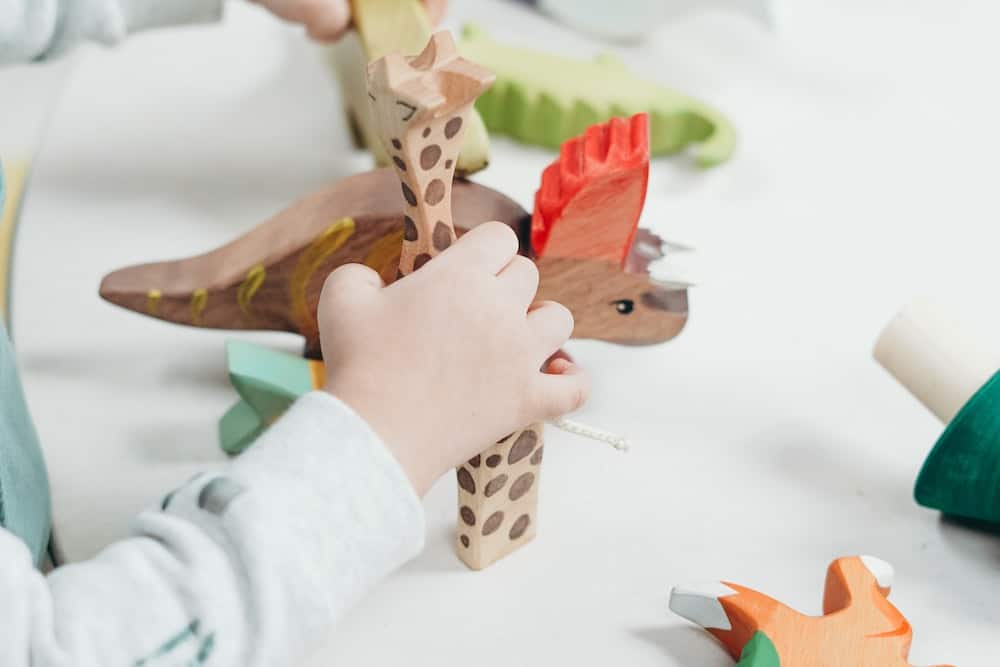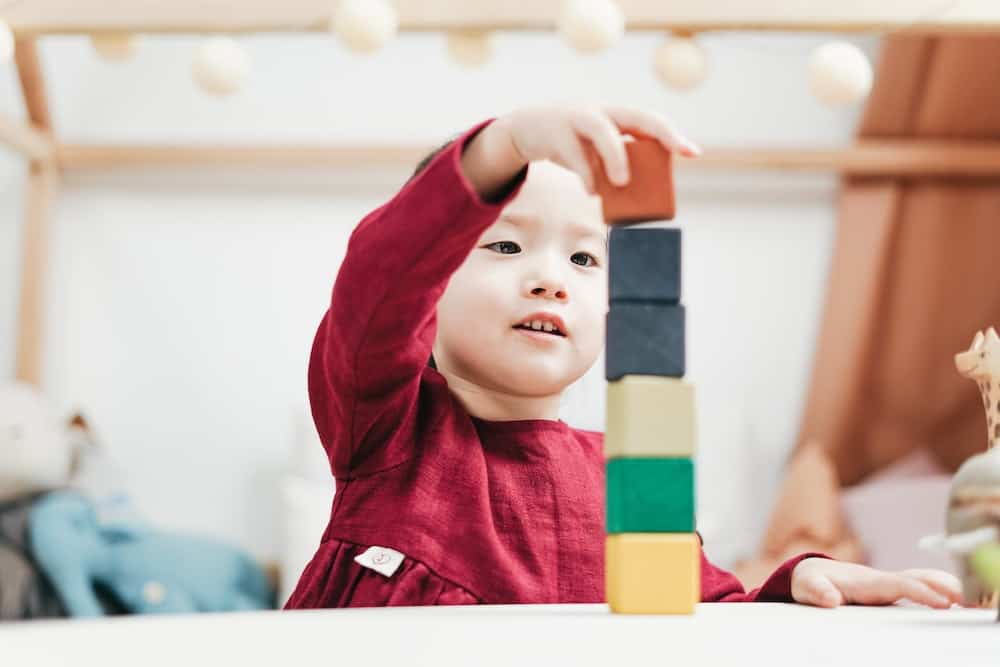Featured
Experiencing childhood is important. In fact, according to research from the Harvard Institute on the Developing Child, pleasant early experiences are associated with longer life expectancies, greater general health, and higher stress management skills in adults. Also, children who learn through play, have meaningful relationships, and have the opportunity for their growing brains to develop in a loving, language-rich environment.
Scheduling playtime for young students may feel out of sync with the academic demands of the school day, even though the benefits of play are evident, including for the youngest learners. Early childhood educators feel pressure to adhere to rigid seat-time regulations in their classrooms. They often believe that the greatest way to accomplish the multiple goals that parents want is through direct instruction. Let’s discuss why children should play more and how to make play-based learning interesting and worthwhile.
Why Play-Based Learning Is Important for Children
With the help of a play, children develop language acquisition, communication skills, concepts, and focus. They learn best via first-hand experiences. Moreover, they engage all of their senses when playing, express their thoughts and feelings, investigate their surroundings, and make connections between what they currently know and new information, abilities, and attitudes.
It’s a good opportunity for kids to learn and practise fundamental social skills like taking turns and sharing through play-based learning. Their own culture, language, and rituals are also a part of the game. In this way, the game encourages a good attitude toward learning, including creativity, inquisitiveness, passion, and commitment.

Define a Proper Approach
Play is a fundamental aspect of human development since it is an innate desire that cannot be suppressed. It’s essential to recognize that while the desire to play is innate, understanding the mechanics of play may require intentional development.
Developing Soft Skills Through Cooperative Play
Developing an awareness of the social and natural settings around them, children explore the world via play. They participate in it as a means of enhancing both their gross and fine motor abilities. When students are in a play-oriented setting, they investigate spatial connections and cultivate these essential motor skills while learning.
Children acquire linguistic skills as they gain subject-matter information. They are most susceptible to learning when playing and exploring, and they are often persistent in their efforts to learn something new or to find a solution.
Social development is a significant winner here. For 4- and 5-year-olds, interpersonal skills like listening, haggling, and compromise are difficult. Via play, children cultivate their ability to use their senses, as well as their social and linguistic skills, and develop their creative thinking.
The Best Toys for Play-Based Learning Activity
Toddlers and young children enhance logic and reasoning skills when presented with problems that require solutions. They can improve their critical thinking skills and use their problem-solving and decision-making talents from a young age by having access to mathematical, physical, and artistic challenges. Follow the link to read more about all the toys that serve this purpose. The following toys foster logical thinking, as well as learning to recognize letters and numbers, and start reading, writing, and counting.


Rainbow Wooden Nuts & Bolts
Children can easily handle these substantial wooden pieces and learn about colour and shape while having fun figuring out how the nuts and bolts join together. Each shape has a different number of edges, ranging from one to eight, and each nut has a corresponding bolt for pairing by colour and form. Your kid will improve their manual dexterity, fine motor skills, counting, and early numeracy while playing.
Midi Sand Timer Set
This toy is perfect for time challenges and activities. Our sand timers are colour-coded with clearly indicated end caps that show the time capacity. They are also simple for your kids to comprehend and operate. The movement of the coloured sand will draw your child’s attention and help them perceive the passage of time.


Color Crystal Block Set
The blocks’ slick and tactile surfaces help kids construct structures, sequences, and patterns while also fostering important areas of development.
Rainbow Letter and Numbers
These toys are excellent for teaching the alphabet and letter recognition. Your child will like them due to their tactile and vibrant qualities, and they will want to trace the letters with their finger on the flat surface. It’s perfect for a light panel. What’s more, each letter includes a hole at the top to enable you to make hanging letter displays or mobiles.
Wooden Sorting Fruit & Vegetable Crates
Discussing the significance of a balanced diet with your kids can involve exploring topics such as how fruits and vegetables are produced, the best climates for growing them, their origins, which ones your kids prefer, and how they taste. With our fruit and vegetable set, play-based learning is simple and pleasant. Children can use it to develop their mathematical language, fine motor skills, cooperative play, colour and shape identification, imaginative play, and awareness of the world around them.





























